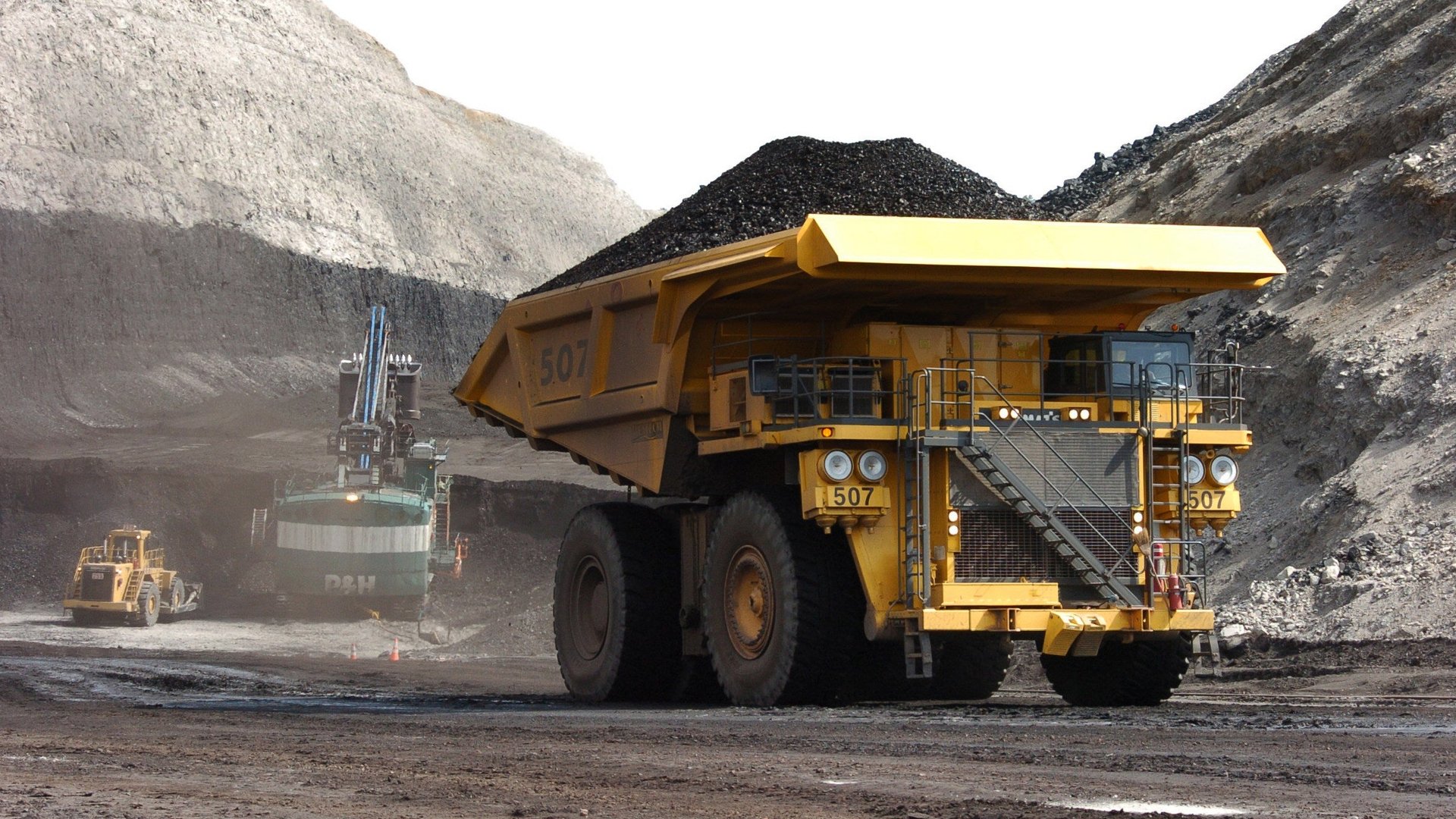One of the US’s greenest banks is also the biggest financier of the coal industry
While US banks like to trumpet their investments in renewable energy they don’t talk so much about financing environmental pariahs like the coal industry. Bank of America, for instance, has committed to financing $20 billion in green lending this decade but it also is the biggest bankroller of coal-fired power plants and environmentally destructive mountain top mining in the US, according to a report released yesterday by the Sierra Club and Rainforest Action Network.


While US banks like to trumpet their investments in renewable energy they don’t talk so much about financing environmental pariahs like the coal industry. Bank of America, for instance, has committed to financing $20 billion in green lending this decade but it also is the biggest bankroller of coal-fired power plants and environmentally destructive mountain top mining in the US, according to a report released yesterday by the Sierra Club and Rainforest Action Network.
In 2012, Bank of America underwrote a combined $3.03 billion for companies that operate coal-fired power plants and mine coal by blasting off the tops of mountains. Citigroup followed with $2.75 billion in such investments while JPMorgan Chase was the third biggest financier with a $2.17 billion coal portfolio.
The “Extreme Investments” report is the green groups’ annual exercise in shaming too-big-to-fail US banks. The report also grades them on the transparency of their investment practices and commitment to get out of the coal game. (Bank of America scored the highest grade, a “C,” on mountain top removal and a “D” for coal-fired power plants.)
But here’s the thing: With or without the public opprobrium, big banks seem to recognize that the coal business is a losing bet in the long run, at least in the US. Bank of America’s coal-related investments fell nearly 50% in 2012 from the previous year while Citigroup’s coal-related financings dropped 54% and JPMorgan Chase’s plunged 64%.
We asked Bank of America for comment earlier today, and will update this when it responds.
Industry stats explain why. Coal production dropped 7.3% in 2012 in the US while overall consumption fell 11.3%. The use of coal in power plants declined 11.6% between 2011 and 2012.
Investing in mountain top mining appears to be a particularly bad move. The report found that a portfolio of 13 companies engaged in mountain top mining would have seen 40% of its value evaporate between April 2012 and April 2013.
Companies that operate coal-fired power plants are doing better. Warren Buffett’s Berkshire Hathaway, which owns coal power plants through its MidAmerican Energy and Pacificorp subsidiaries, had a companywide 12-month equity return rate of 27.82% as of April.
But with 379 of the US’s 522 coal-fired power plants set for retirement and federal emission regulations effectively barring the construction of new coal projects, the future of power generation lies elsewhere. Which may explain be why Buffett spent more than $2 billion to acquire two California solar power plants in January.
There is one bright spot in the coal industry: Exports hit a record 125 million tons in 2012 as demand continues to grow in Asia and Europe. That’s double the exports in 2009.
Next year’s report will detail the banks’ investments in coal export facilities.